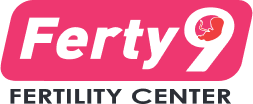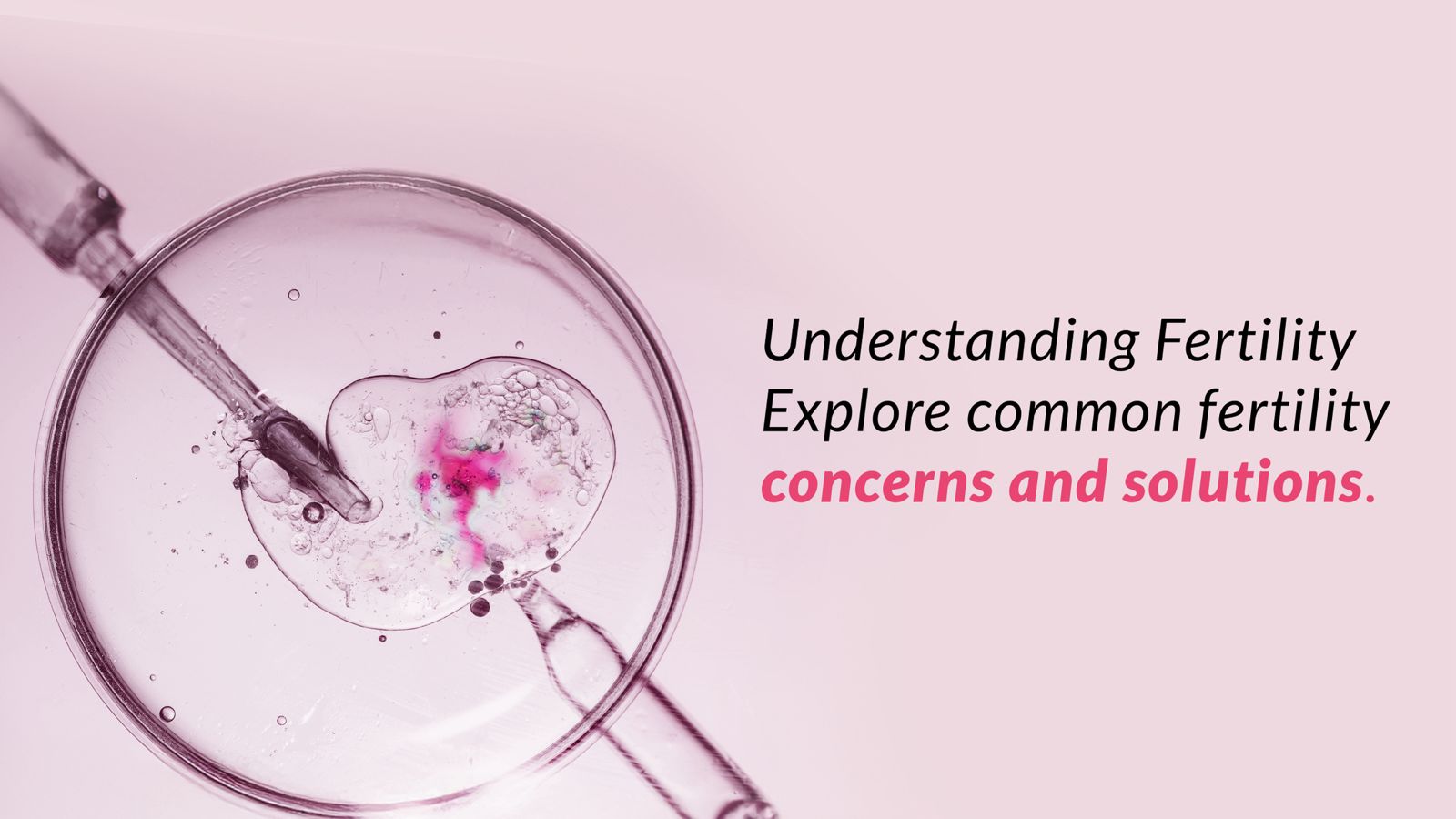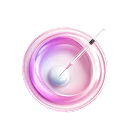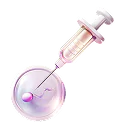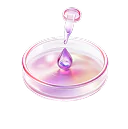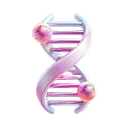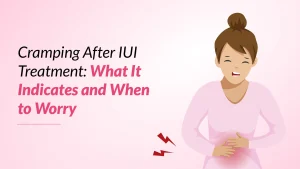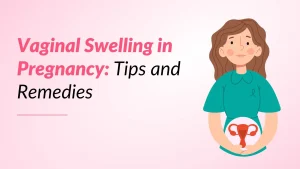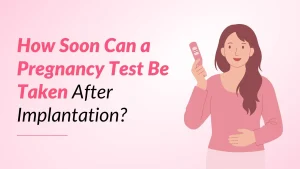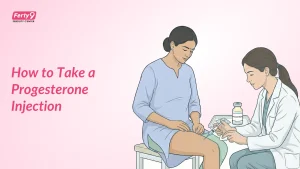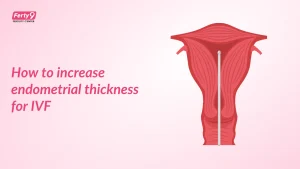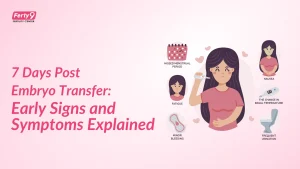Laser Assisted Hatching is acknowledged as a technique that is used as part of an In-Vitro Fertilization (IVF) treatment. Couples, who have rather experienced failed IVF treatment or patients with poor prognosis, usually do benefit from laser-assisted hatching as part of embryo implantation. The process is advanced and also safer than chemical and manual hatching.
What is Laser Assisted Hatching?
Advancement in science and technology has indeed sorted the lives of people to a great extent. Technology has no doubt been helping in every segment from work that needs to be done to the production of goods and even reproduction also. Laser-assisted hatching is one of the technological advancements, which has been around us for a long time. It can be considered one of the technological gifts for women who are older.
Laser Assisted Hatching is a technique made use of in in In-Vitro Fertilization. This technique does help to improve the implantation of embryos into a woman’s uterine lining. The process does create an opening into the patient’s uterine lining allowing the embryonic cells to hatch. It is indeed a safe technique, which does help to weaken, and also think a small section of the zona pellucida. If the zona pellucida is harder, then the case does become more complicated. This does happen because the eggs will not hatch or may use excessive energy for getting out. This can end up in repugnance to the woman’s uterus and also reduce the likelihood of implantation.
The procedure of Laser Assisted Hatching
This procedure is rather performed in the lab. Here the laser beam is made used to hatch the outer shell to facilitate embryo implantation. For this purpose circle of the colored beam of light is fixed. This circle does locate the point where the laser will fire. This laser beam is invisible; one can only see its effects.
The laser beam does release energy in the embryo shell and dissolves it. The laser is pulsed three times to create a complete gap in the shell. This exact technique may also vary based on the power settings, technique, and spot size. For a successful pregnancy, this hatching is performed without affecting the embryo.
When Is Laser Assisted Hatching Recommended? In the following cases:
- Patients who happen to be more than 37 years old.
- Patients who have Frozen Embryo Replacement (FER)
- Patients who indeed have faced a failed IVF or ICSI treatment
- Those who happen to be going for IVF/ ICSI for the first time.
They are considered poor responders as they have required a high dose of Gonadotrophins. It is a kind of infertility drug for poor ovarian response.
- Those with poor quality as well as the number of embryos
- Those who have had a low fertilization rate in earlier IVF cycle
- Couples who are going for IVF treatment with embryos that have a thick outer shell called zona pellucida
Advantages of Laser-Assisted Hatching
Laser-Assisted Hatching benefits:
- Only fewer embryos are indeed required to be transferredAssisted Hatching can also increase the implantation success rates
- Only fewer embryos are indeed required to be transferredAssisted Hatching can also increase the implantation success rates
- Reduces the chance of multiple pregnancies
Other Assisted Hatching Methods
Assisted hatching is not always assumed to make a small break or tear in the egg. There are other methods too that are practiced by different labs, accordingly. Some of the methods are mentioned as follows:
Mechanical Hatching:
There is also a risk of controlling the size of the opening (zona pellucida) with this technique. As an embryologist does keep the embryo steady with the help of a pipette while puncturing the zona pellucida thus using a micro-needle.
Mechanical Expansion of the Shell:
Through this technique, hydrostatic pressure is indeed introduced just under the shell, making it expand. This method’s idea comes from the natural expansion of the outer shell during the hatching process.
Chemical Hatching:
A chemical known as Tyrode’s acid is used in this treatment while treating the patient. A small amount of Tyrode’s acid is applied to the zona pellucida until the shell is also breached. There is a risk of chemical exposure to the embryo under this treatment.
Drilling:
In this technique, vibrations are rather created for a conical opening. This technique also uses another technology called Piezo technology.
Chemical hatching is one of the commonly used techniques.
Success Rate of Laser-Assisted Hatching
The hatching process has no doubt improved the clinical pregnancy rates. The goal set for any sort of fertility treatment is taking a baby home, not simply getting a positive pregnancy test. Embryologists’ experience plays a bigger part in making the process successful.

